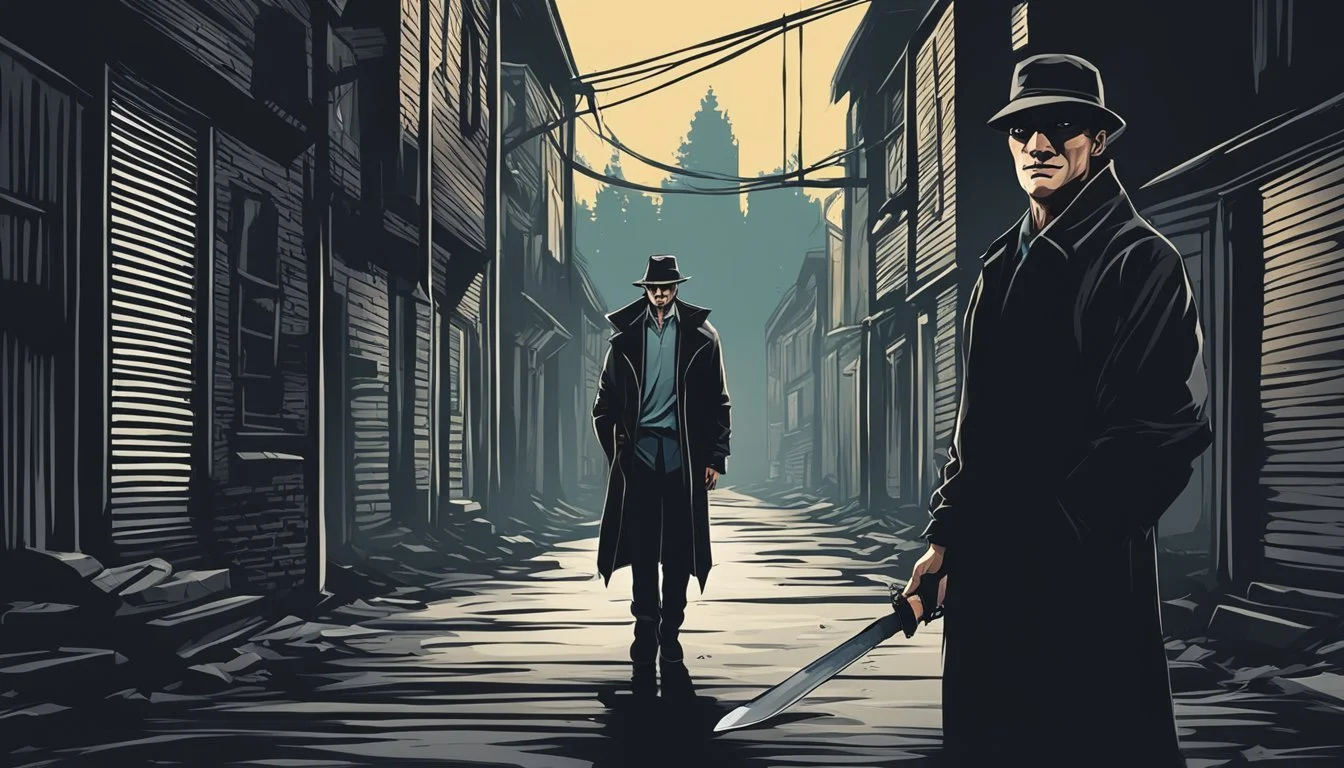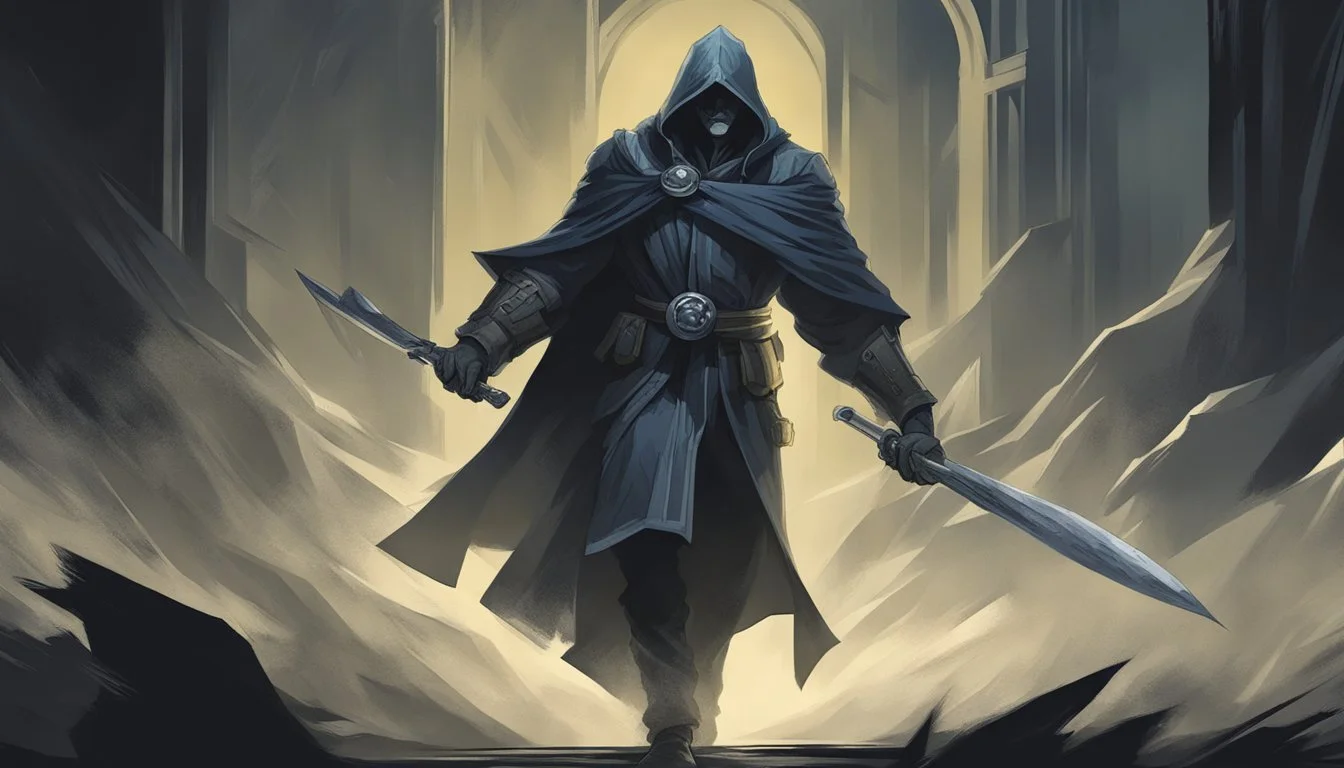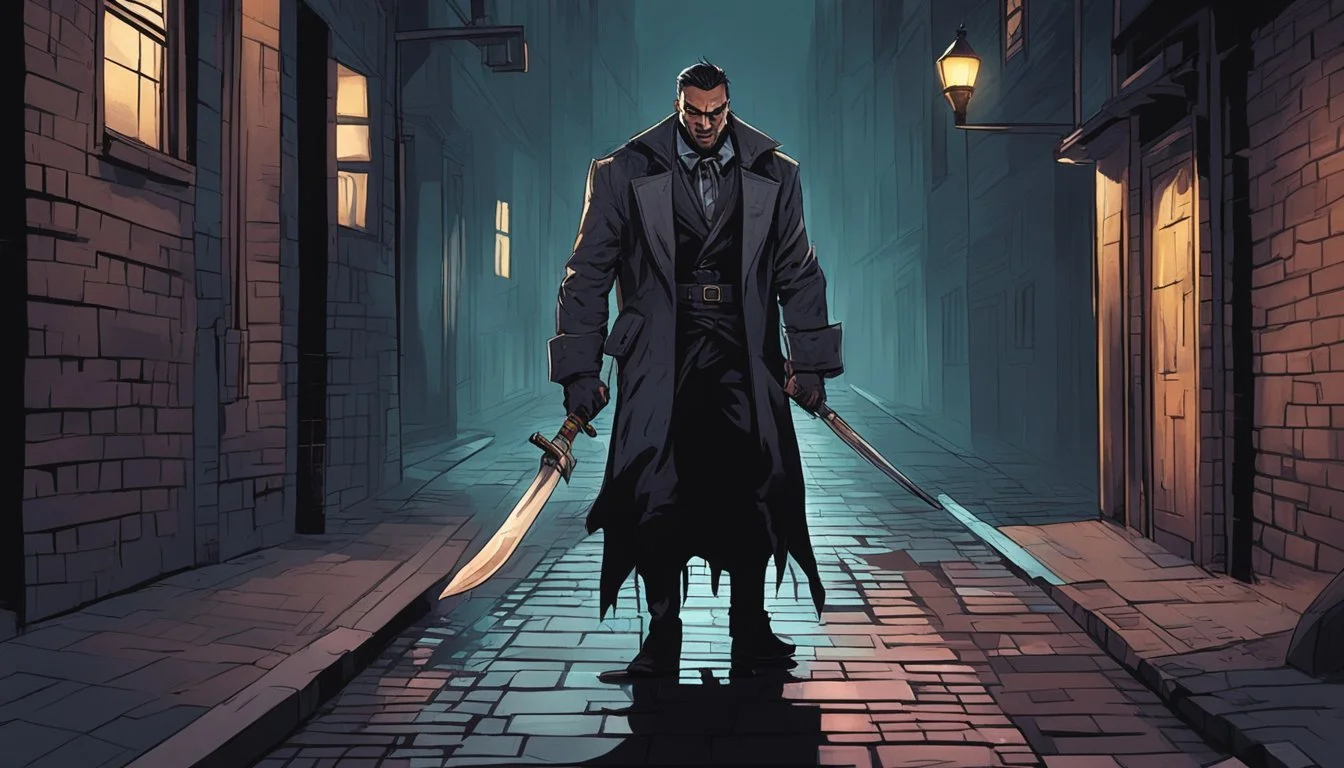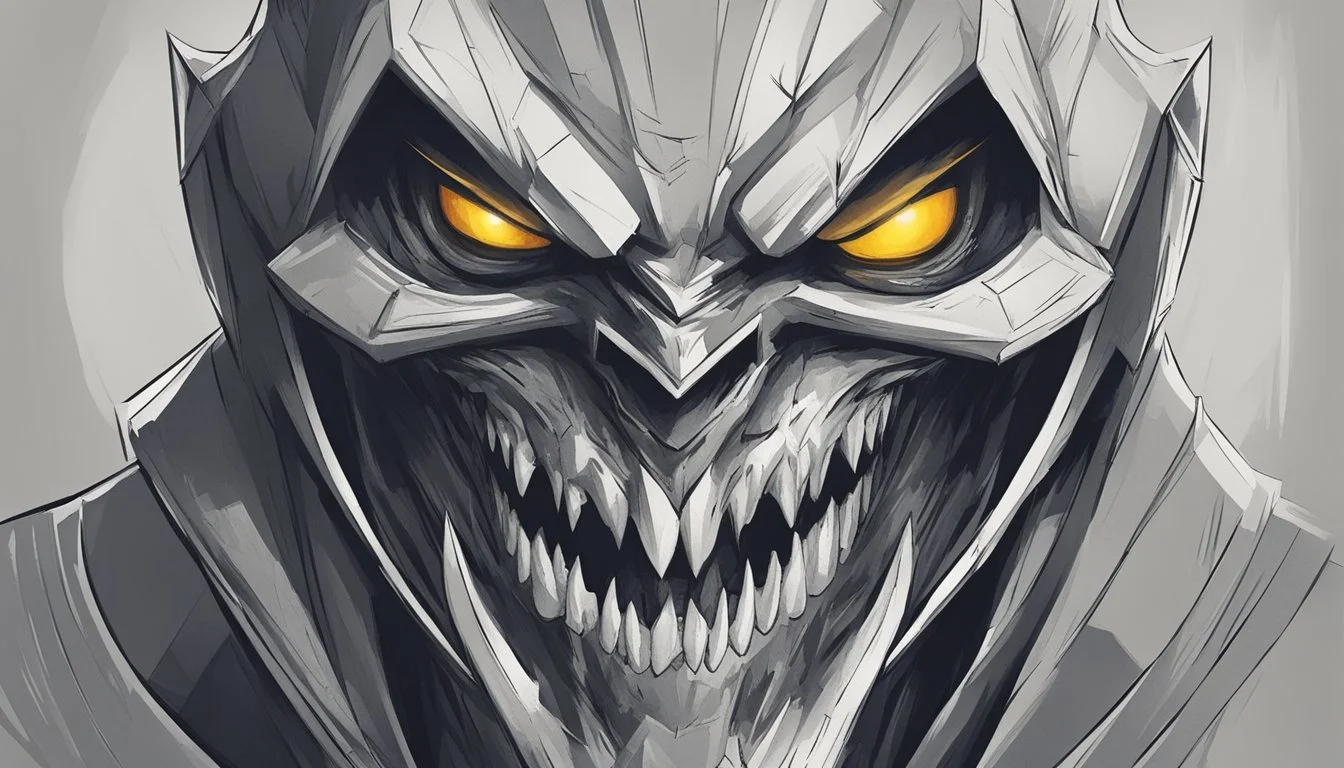Visual Representations of Psychopathic Characters
Psychopath clipart offers a unique visual representation of complex psychological concepts. These graphic elements provide artists, designers, and content creators with powerful tools to convey themes of mental instability, split personalities, and unsettling emotions. Psychopath clipart typically features stark contrasts, distorted facial expressions, and symbolic imagery that captures the essence of disturbed mental states.
The digital marketplace offers a wide array of psychopath clipart options. From vector illustrations to photorealistic images, creators can find resources that suit various artistic styles and project needs. These visual assets often incorporate elements like masks, blood splatters, and intense eye imagery to heighten the dramatic effect and evoke a sense of unease in viewers.
While psychopath clipart can be a useful tool for certain projects, it's important to approach its use with sensitivity. The imagery can be intense and potentially triggering for some audiences. Creators should carefully consider the context and impact of using such visuals in their work, ensuring they align with the intended message and tone of their projects.
Understanding Psychopathy
Psychopathy is a complex personality disorder characterized by a lack of empathy and manipulative behaviors. Its understanding has evolved significantly over time, shaping modern psychological perspectives.
Historical Perspectives
Early concepts of psychopathy emerged in the 19th century. Psychiatrists like Philippe Pinel described patients with "manie sans délire" - mania without delirium. This laid the groundwork for future research.
In 1941, Hervey Cleckley's book "The Mask of Sanity" provided a comprehensive clinical profile of psychopathy. He outlined key traits like superficial charm, lack of remorse, and poor judgment.
By the 1970s, Robert Hare developed the Psychopathy Checklist (PCL), a diagnostic tool still used today. It assesses traits like grandiosity, impulsivity, and callousness.
Psychopathy in Modern Psychology
Current research focuses on neurobiological factors underlying psychopathy. Brain imaging studies have revealed differences in areas related to emotion processing and decision-making.
Psychopathy is now viewed on a spectrum rather than as a binary condition. This approach recognizes varying degrees of psychopathic traits across individuals.
Age plays a role in psychopathy manifestation. Some traits may become apparent in childhood, while others develop later in life.
Treatment approaches for psychopathy remain challenging. Cognitive-behavioral therapies show some promise, but outcomes are often limited due to the disorder's pervasive nature.
Clipart and Design Principles
Effective psychopath clipart relies on thoughtful application of color theory and design elements. These foundational principles guide the creation of impactful visual representations.
Color Theory in Clipart
Color choices in psychopath clipart play a crucial role in conveying mood and emotion. Dark, muted tones like deep reds, blacks, and grays often dominate to create an ominous atmosphere. Designers may use splashes of bright colors for contrast, drawing attention to specific elements.
Complementary color schemes can heighten visual tension. For example, pairing red with green can create an unsettling effect. Analogous color schemes using shades of blue and purple can evoke a sense of coldness or detachment.
Gradients and color transitions are frequently employed to add depth and dimension to psychopath clipart. These techniques can enhance the overall impact and realism of the images.
Design Elements in Clipart
Psychopath clipart incorporates various design elements to create striking visuals. Line work is often bold and angular, conveying a sense of instability or aggression. Sharp edges and jagged shapes contribute to an unsettling aesthetic.
Negative space is strategically used to create silhouettes or hidden imagery, adding layers of meaning to the clipart. This technique can suggest duality or hidden aspects of a psychopathic character.
Symbols and iconography play a significant role in psychopath clipart. Common elements include masks, weapons, or distorted facial features. These symbols serve as visual shorthand, quickly communicating complex ideas about psychopathy.
Texture and pattern are employed to add visual interest and depth. Rough or chaotic textures can reinforce themes of instability or violence.
Clipart Formats and Usage
Psychopath clipart comes in various formats to suit different design needs. File types, image formats, and integration methods play crucial roles in utilizing these graphics effectively.
Vector vs. Raster Clipart
Vector illustrations offer scalability without loss of quality. They use mathematical equations to define shapes and lines, making them ideal for logos and graphics that require resizing. SVG files are a popular vector format for web use.
Raster clipart consists of pixels and has a fixed resolution. PNG files are commonly used for raster psychopath clipart due to their support for transparency. While raster images can look crisp at their intended size, they may lose quality when enlarged.
Vector graphics excel in print design and large-scale projects. Raster images are often preferred for web graphics and photo-realistic depictions.
File Types Explained
Common psychopath clipart file types include:
SVG: Scalable Vector Graphics, ideal for web use
PNG: Supports transparency, good for web and print
EPS: Vector format compatible with many design programs
AI: Adobe Illustrator's native file format
SVG and PNG are widely supported across platforms. EPS and AI files offer more editing capabilities but require specialized software.
File size and compatibility vary between formats. PNG files are typically larger than SVGs but have broader support in older systems.
Integrating Clipart with APIs
APIs enable seamless integration of psychopath clipart into applications and websites. They allow developers to access and display graphics dynamically.
Some benefits of using clipart APIs:
Real-time updates to image libraries
Customization options for end-users
Reduced storage requirements for applications
API integration can improve load times by serving optimized images. It also enables features like search functionality within clipart collections.
Developers should consider factors such as API rate limits, image quality options, and licensing terms when choosing a clipart integration solution.
Clipart for Business and Branding
Effective use of clipart can significantly impact a company's visual identity and marketing efforts. Carefully selected graphics enhance brand recognition and convey key messages to target audiences.
Enhancing Brand Visibility
Clipart serves as a powerful tool for increasing brand visibility across various platforms. Businesses can incorporate custom-designed or carefully chosen stock graphics into their logos, websites, and marketing materials. These visual elements create a cohesive look that reinforces brand identity.
Consistent use of clipart across different media helps customers quickly recognize and remember a company. Social media posts, email newsletters, and product packaging benefit from eye-catching graphics that align with the brand's style and values.
Companies can also use animated clipart to grab attention in digital advertising. Short, looping animations can effectively communicate complex ideas or highlight key product features in a visually appealing way.
Choosing Clipart for Business Purposes
Selecting appropriate clipart requires careful consideration of brand image and target audience. Professional-looking vector graphics often work best for corporate settings, while more playful designs may suit creative industries or youth-oriented brands.
Color schemes play a crucial role in clipart selection. Graphics should complement the company's existing color palette to maintain visual consistency. Customizable vector files allow businesses to adjust colors and details to match their specific needs.
When using stock clipart, it's essential to verify licensing terms to avoid legal issues. Many websites offer royalty-free options suitable for commercial use. For unique branding, companies may invest in custom-designed clipart that perfectly captures their identity and sets them apart from competitors.
Finding Quality Psychopath Clipart
Locating suitable psychopath clipart requires knowing where to search and understanding usage rights. Popular platforms offer diverse options for both free and paid imagery.
Sources for Free and Paid Clipart
Vecteezy provides a wide selection of psychopath vectors, icons, and graphics available for royalty-free download. Their collection includes 579 psychopath-related images created by various contributors.
Freepik offers over 7,000 psychopath-themed vectors, stock photos, and PSD files. Many of these resources are free for commercial use and maintain high quality standards.
Shutterstock hosts 1,056 psychopath stock vectors and vector art. Their library features concept illustrations related to psychoanalysis, alter egos, and psychology.
IconScout presents 1,304 psychopath illustrations available in multiple file formats. Users can access both free and premium options suitable for web and mobile design projects.
Licensing and Usage Rights
Understanding licensing terms is crucial when using psychopath clipart. Many platforms offer royalty-free licenses, allowing users to utilize images without recurring fees.
Commercial usage rights vary between platforms. Freepik, for example, provides resources that are explicitly labeled as free for commercial use.
Some sites may require attribution or have restrictions on how images can be modified. Users should carefully review the licensing agreements for each platform and specific image.
Paid licenses often grant more extensive usage rights and may include access to higher quality or exclusive content. These can be beneficial for professional projects or commercial applications.
Customizing Clipart
Customizing psychopath clipart allows users to tailor images to their specific needs and create unique visual content. This process involves modifying existing clipart or designing original graphics from scratch.
Editing Clipart for Personal Use
Vector editing software like Adobe Illustrator or Inkscape enables users to modify psychopath clipart. These tools allow for color changes, resizing, and element rearrangement without loss of quality. Users can adjust facial features, clothing, or accessories to better fit their project requirements.
Layering techniques help isolate and edit specific parts of the clipart. This allows for targeted modifications while preserving the original design elements.
Text can be added or removed to personalize the clipart further. Font choices and placement contribute to the overall mood and message of the image.
Creating Original Clipart
Developing custom psychopath clipart starts with sketching concepts. Digital drawing tablets facilitate the transition from rough ideas to polished designs.
Vector creation tools offer shape-building features for constructing character outlines. Pen tools allow for precise curve adjustments and detail work.
Color palettes play a crucial role in conveying the desired atmosphere. Dark, muted tones often enhance the psychopathic theme, while brighter accents can add visual interest.
Texture overlays and gradient effects add depth and dimension to flat designs. These techniques help create more realistic or stylized representations of psychopathic characters.







